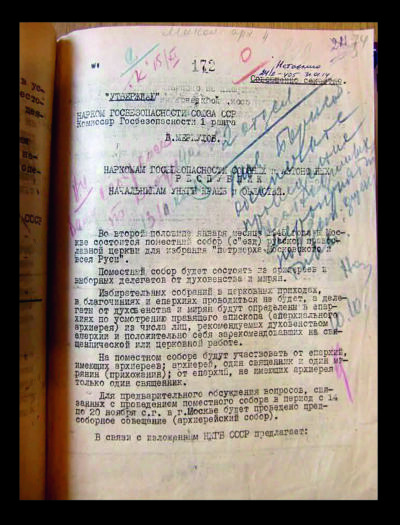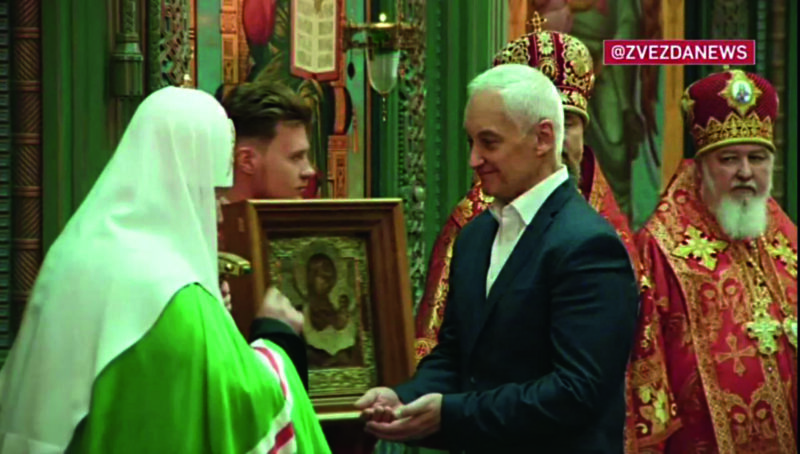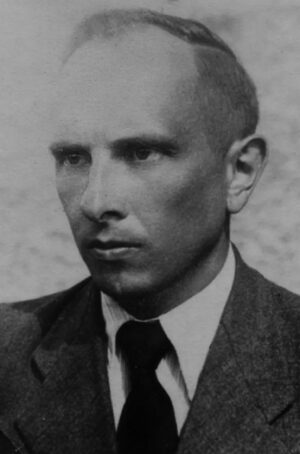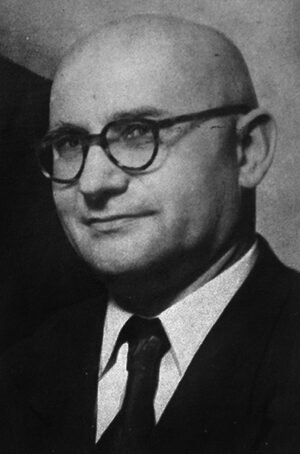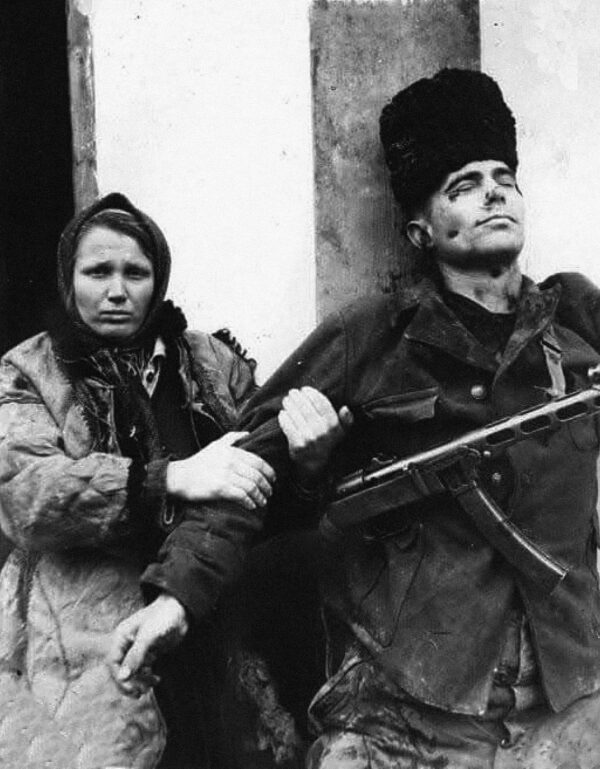Another type of Russian terror was anti-religious. It affected all Ukrainian denominations.
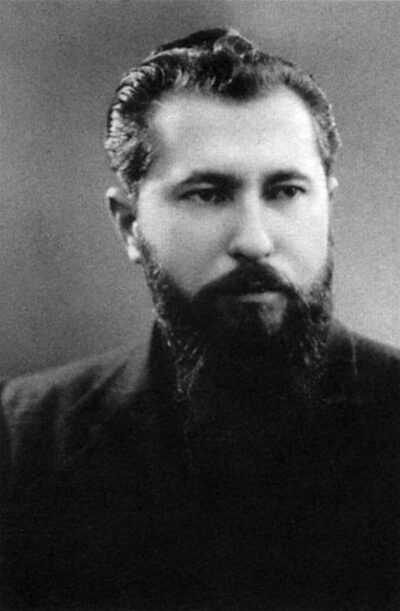
Hundreds of thousands of parishioners, priests, monks, and nuns were killed during the looting of monasteries and churches, which the Russians called the “seizure of church values.”
Hundreds of thousands of parishioners were imprisoned or exiled. Most of the clergy were also repressed. Many bishops and metropolitans were killed. Of the tens of thousands of churches, only a few hundred remained, and they were under the full control of the authorities. The rest were destroyed or closed. The repressions against the UAOC and the UGCC were especially cruel.
In 1943, Stalin restored the Russian Orthodox Church as a state structure, which was completely under the control of the authorities and the secret services.
The ROC became part of the Russian agent network and a tool of propaganda both in the USSR and abroad.
In 1945, the first Local Church Council since 1917 was held, at which the Patriarch of Moscow and All Russia was elected. As declassified archives show, all its delegates were recruited by the NKVD.
“It is important to ensure that the number of candidates selected is dominated by NKVD agents who are capable of carrying out the direction we need at the Council.”
From the directive of the NKVD of the USSR to local authorities. 28.09.44
The ROC becomes part of Russian control over Ukraine. Until 1939, there was no Orthodox bishop in the Ukrainian SSR. In just seven months from May 1944, the ROC ordained 16 bishops in Ukraine.
“Not a single candidate for the position of bishop or other high position, whether a member of the Holy Synod, received it without the approval of the Central Committee of the CPSU and the KGB.”
Konstantin Kharchev – Chairman of the Council for Religious Affairs (1984-1989)
In independent Ukraine, the UOC, controlled by the Moscow Patriarchate, has become an important tool for promoting Russian propaganda through thousands of dioceses. Since the beginning of Russian aggression in 2014, numerous cases of subversive activity and assistance to the occupiers by the UOC-MP have been recorded.
Patriarch of the Russian Orthodox Church Kirill (according to Swiss archives in the 1970s, KGB officer Vladimir Gundyaev under the pseudonym “Mikhailov”) openly supported Russia’s armed aggression and blessed the Russian military leadership and military to exterminate Ukraine and Ukrainians.
On November 1, 1947, Mukachevo Greek Catholic Bishop Teodor Romzha, who refused to join the Russian Orthodox Church, was killed by NKVD agents in Uzhgorod.
It was one of hundreds of priest murders, but also an example of the targeted terror that the Russians have been using for decades against representatives of the Ukrainian national liberation movement. The most famous murders carried out by NKVD agents in Europe were those of Symon Petliura, Yevhen Konovalets, Lev Rebet and Stepan Bandera.
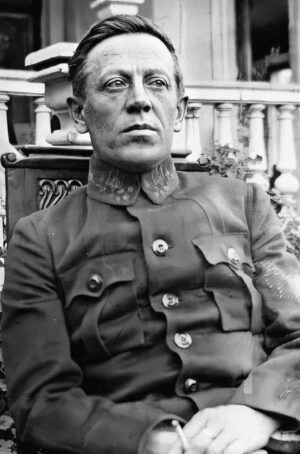
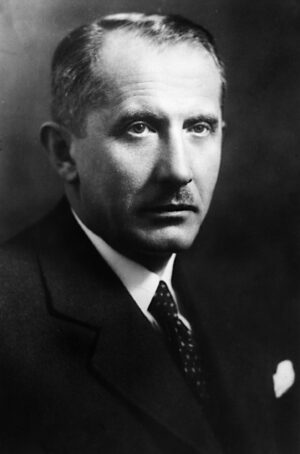
Total terror helped the Russians suppress the long-standing national resistance of the OUN and UPA. From 1939 to the end of the 1950s, tens of thousands of rebels and their family members were imprisoned, tortured, and killed.
The occupiers used thousands of military personnel and heavy equipment to kill or arrest small underground groups.
Those arrested, including young girls-liaisons, were subjected to inhuman torture.
The occupiers often left the mutilated corpses of killed UPA members or those who had shot themselves on the streets for several days to intimidate the population.
Russians forced wives and mothers to take photos with the bodies of their loved ones. They were then faced with decades of imprisonment and exile.

